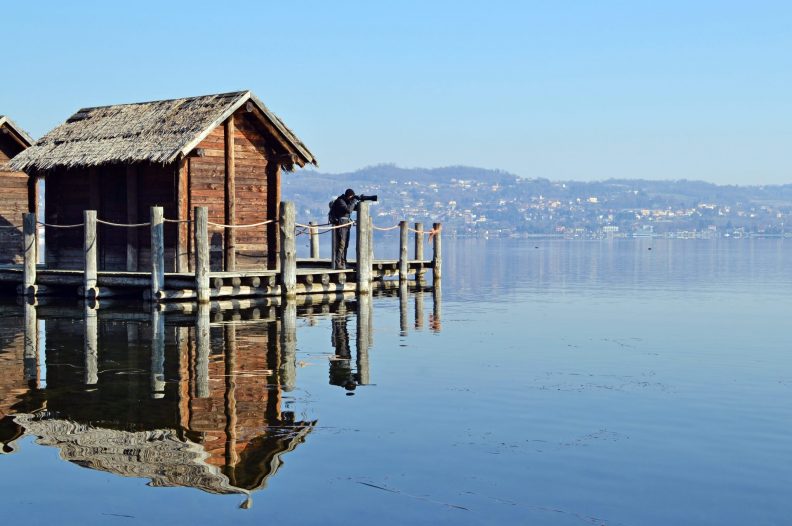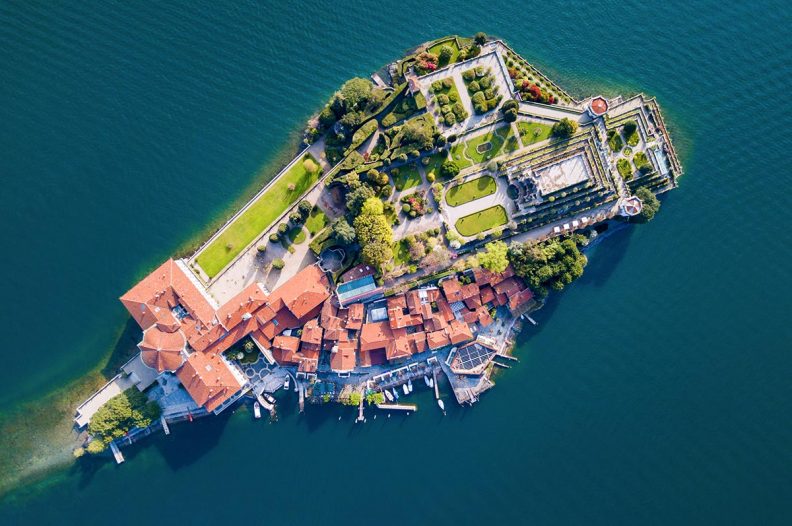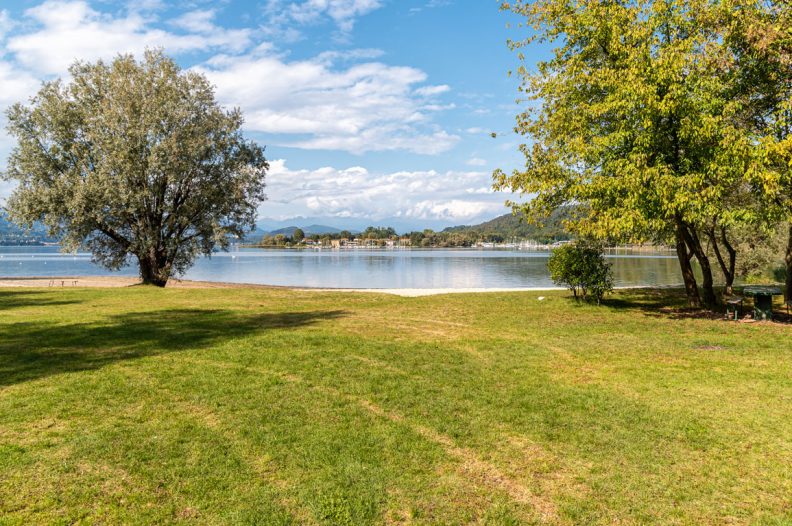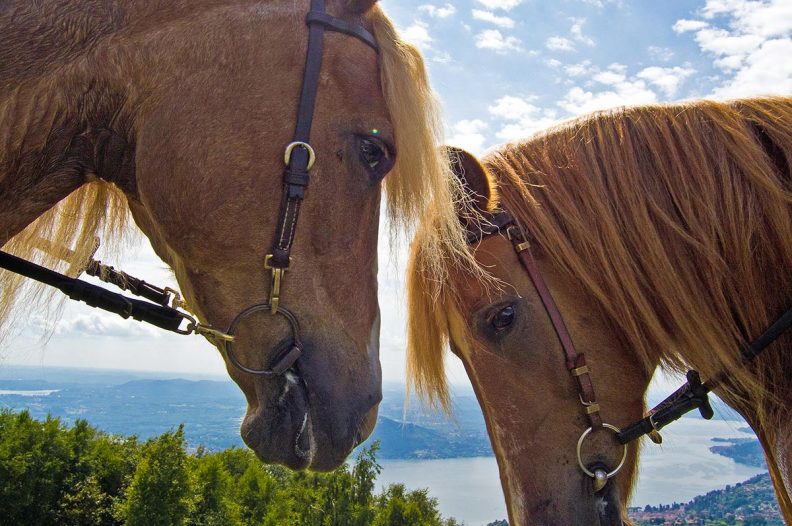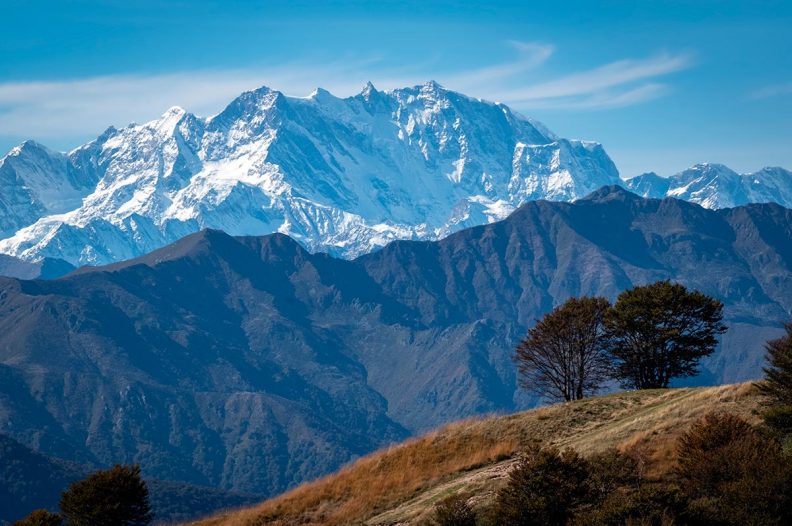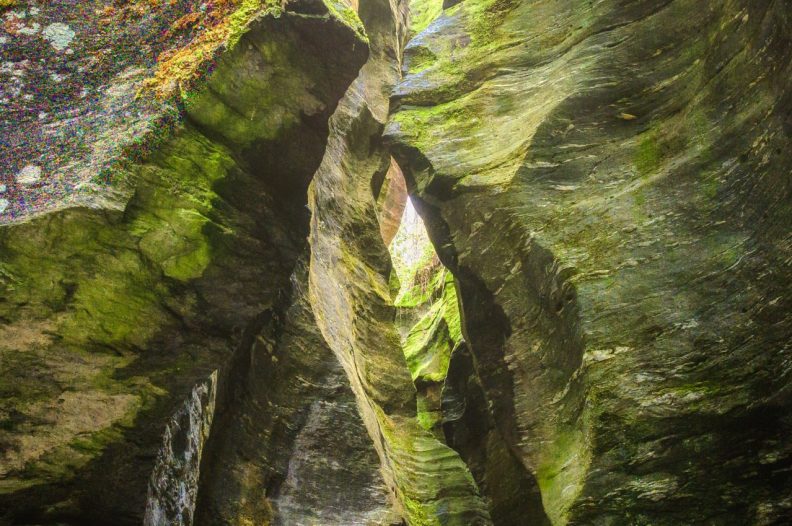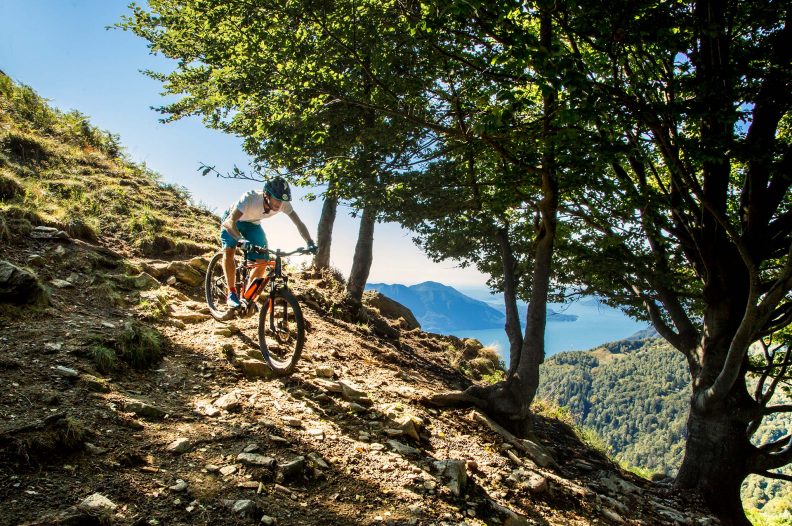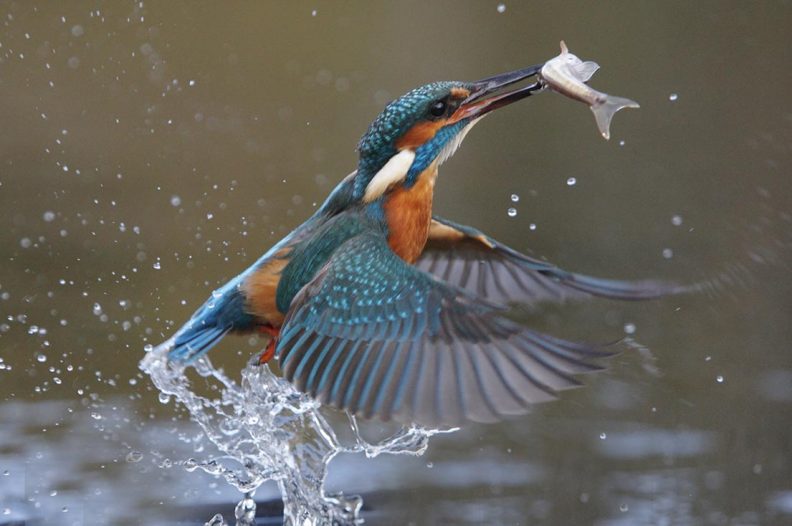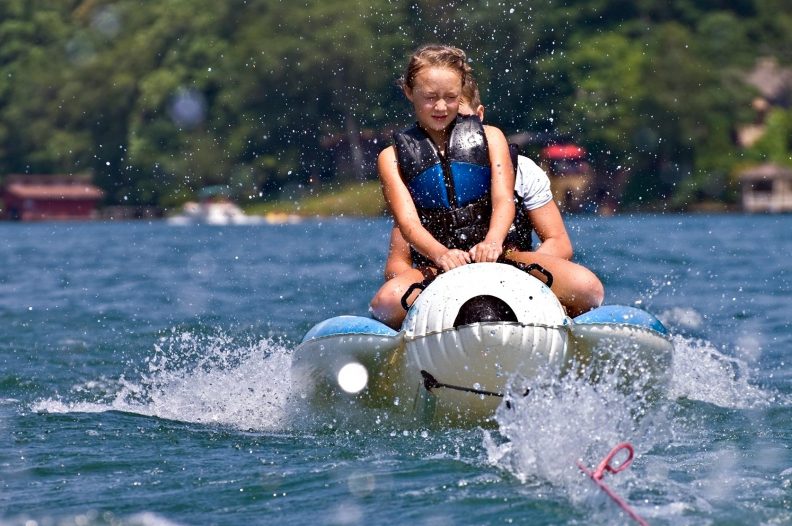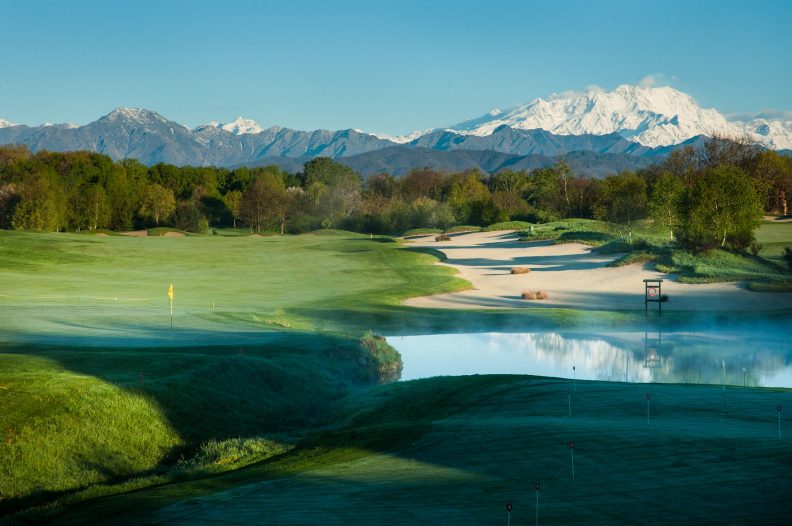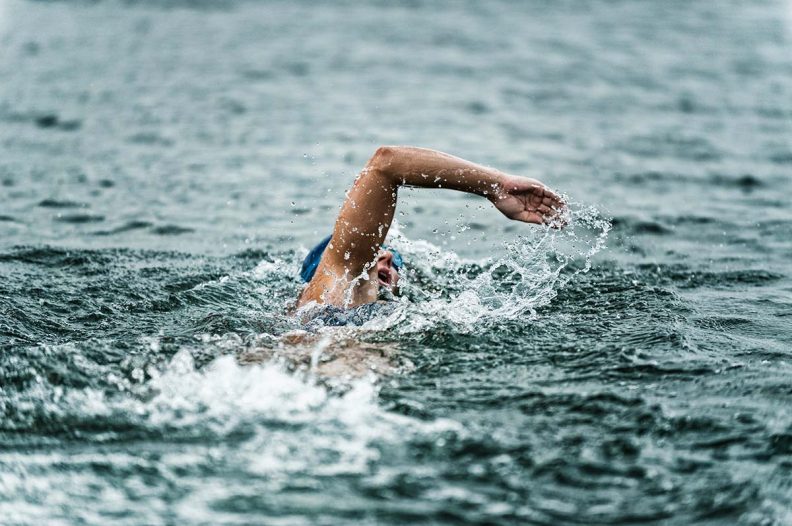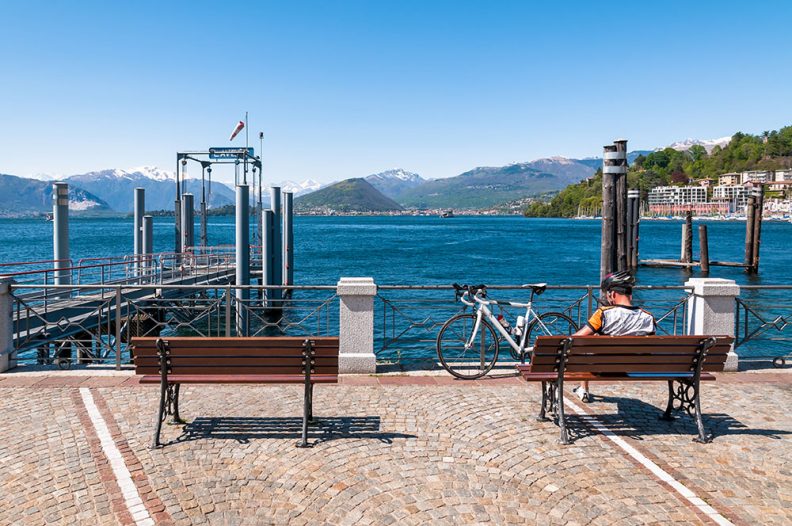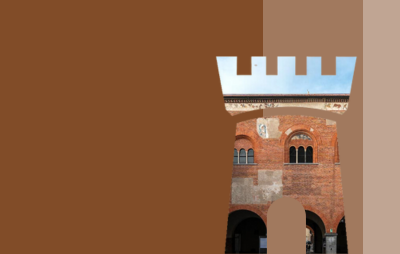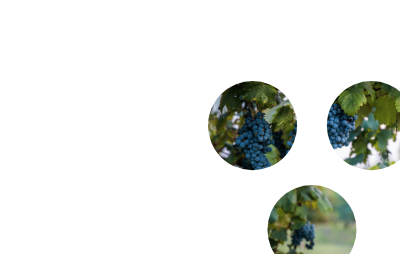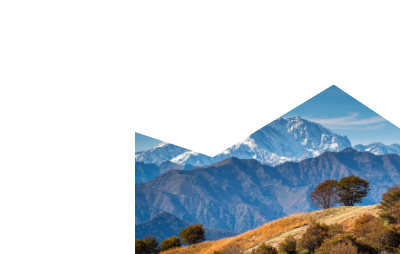Discover the Ticino river
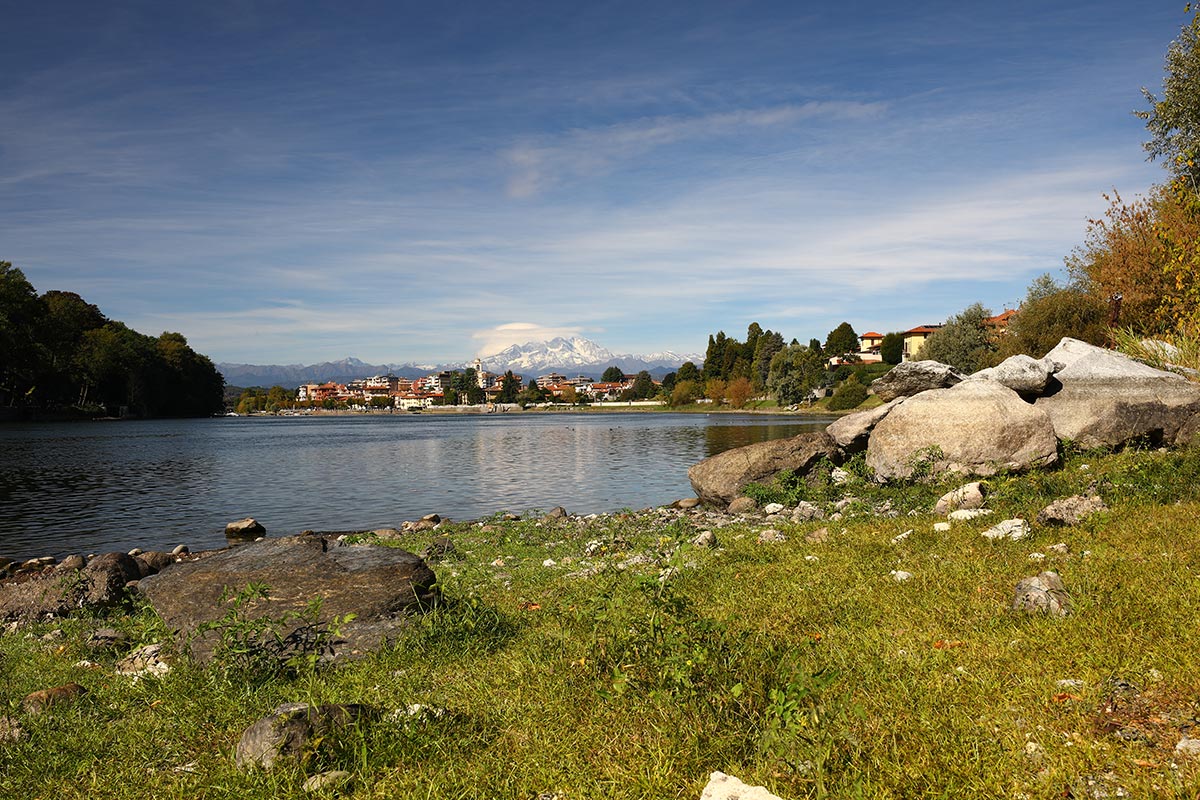
Copyright Carlo Zanardi
Rivers have always been synonymous with life and prosperity. From London to Paris, Rome and Vienna, passing through Budapest, Florence and Amsterdam, the waterways have sanctioned the growth and expansion of small and large metropolises, whose rhythm is still marked by the flow of water – more or less – calm.
From the river banks and along their course there are endless activities – fishing, kayaking, canoeing, cycling, walking – not to mention the natural beauties and the wildlife that thrives there, and it is also possible to live on the rivers, embracing an innovative lifestyle, very popular in countries such as Great Britain. Italy’s highly varied territory, crossed by the 4000-meter peaks of the Alps and the long Apennine ridge, combined with flat or lake areas alternating with hills and cliffs, is reflected in streams that run through soils that are profoundly different in morphology and structure. Among these, the Ticino plays a role of primary importance as a cross-border communication route.
The Ticino, a river that has a lot to offer.
Who knows how many stories such an unusual watercourse would have to tell.
The Val Bedretto in the Canton of Ticino and a spring near the Ospizio del San Gottardo, in Switzerland, are the two sources of this important river that runs through two countries and two regions, Piedmont and Lombardy. The narrow valleys, crossed by steep Swiss gorges give way to the gentler scenery of Lake Maggiore, after which the river continues its course at Castelletto Ticino and Sesto Calende, not without the contribution of important tributaries such as the Toce.
It continues alternating between Piedmont and Lombardy until it reaches Golasecca, where it helps to form the Elena canal, extremely important for the irrigation of the Novara countryside. It then touches various towns, including the major cities of Vigevano and Pavia, before flowing into the river Po. A journey of almost two hundred and fifty kilometers. Who knows how many stories such an unusual watercourse would have to tell: below are just a few.
THE TICINO IN NUMBERS
The river measures 248 km, of which 91 km traveled upstream of Lake Maggiore, 47 km traveled in the Verbano area and 110 km traveled from Sesto Calende to the Po, across the Po Valley.
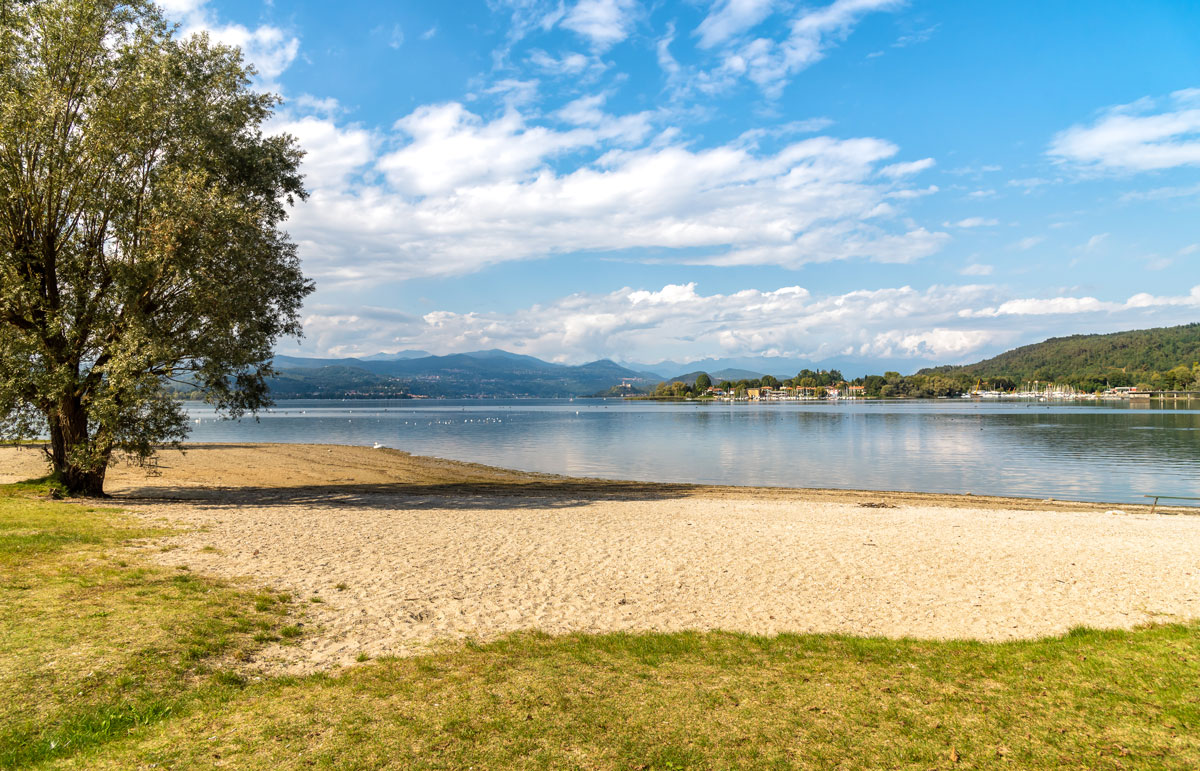
The promenade along the Cicognola beach in Castelletto sopra Ticino.
Sailing from Lake Maggiore to Milan: the Panperduto
An innovative project that takes inspiration from none other than Leonardo da Vinci, who carried out many studies on the canals and waterways of the area, with the idea of connecting the basin of Lake Maggiore to the capital of Lombardy.
Ambitious, certainly, but extremely fascinating, the idea of combining very different scenarios opens up opportunities to be seized on the fly, such as exploring areas with interesting names like, for example, the Panperduto Dam in Somma Lombardo.
Inaugurated in 1884, this fabulous work of hydraulic engineering feeds two canals, the Villoresi, intended for irrigation, and an industrial canal for the production of energy; a structure that, exploiting the reach of the Ticino, has radically changed the territory whilst still retaining the charm of yesteryear.
The Dam also offers many activities for everyone, from the Garden of Water Features, where children can observe the hydrodynamic and kinetic force of this element, to the Swiss-Italian Water Museum, in the center of a small island, full of information and with a multipurpose room for conferences and meetings. There is a well-stocked cafeteria with bookshop, and plenty of things to do in the area, with various historical attractions.
From Somma Lombardo it is possible to sail along the industrial canal to Vizzola Ticino and from Lonate Pozzolo to Turbigo, along the Ticino river itself, from Panperduto to the Porto della Torre Dam and then along the Naviglio Grande, which starts south of Sesto Calende and arrives at the Darsena di Porta Ticinese in Milan. Directly from the mountains to the Madonnina, a real adventure.
THE PANPERDUTO DAM
Designed by Eugenio Villoresi, the dam on the Ticino and other related works were inaugurated in 1884 and have remained almost completely unchanged to this day.
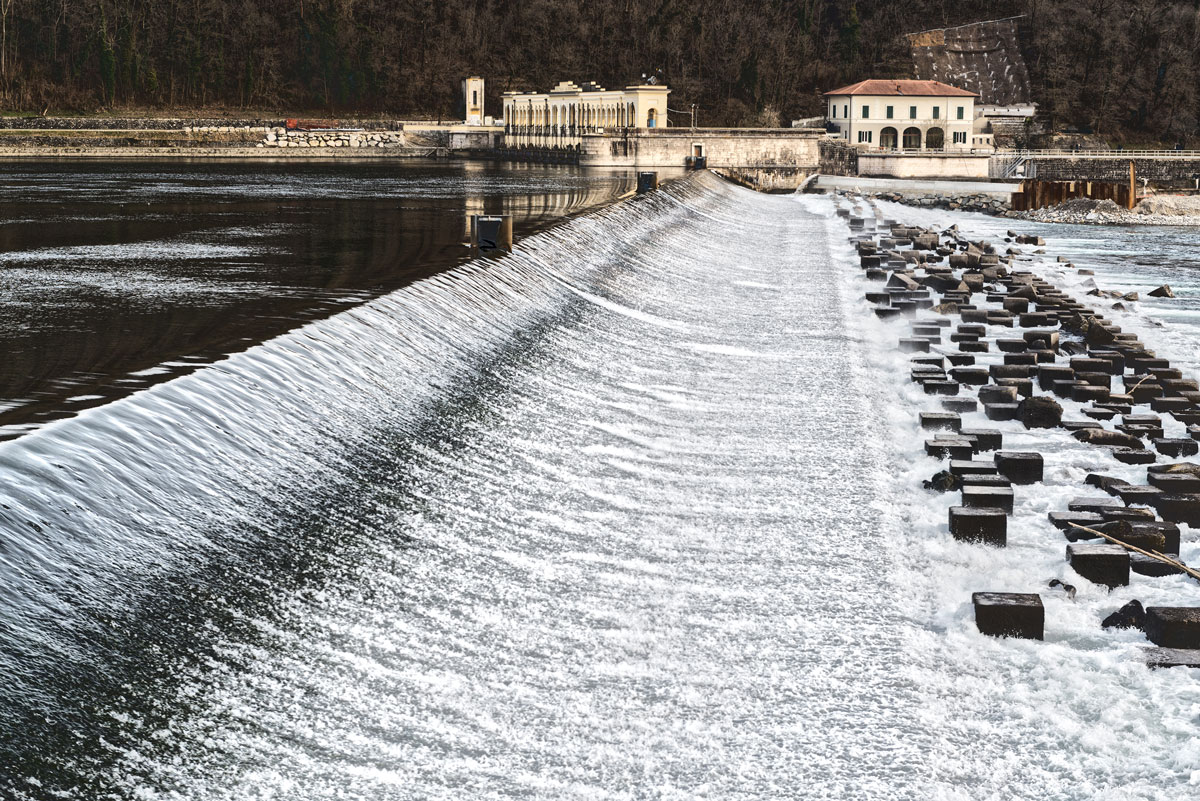
The Panperduto dam on the Ticino river
Discover the Ticino Park
The Ticino is not just for boating, in fact along its banks there are excellent bike and trekking itineraries that meander through greenways of great charm.
Thanks to the Ticino cycle path it is possible to reach Milan in an environmentally friendly “green” mode, observing rare birds and discovering unexpected fauna species, along a path suitable for everyone, both for families and for the more adventurous.
The river can also be reached from Novara, crossing verdant landscapes dotted with frescoed churches and thousand year old parish churches, ancient mills and sanctuaries – passing through Galliate, Cameri and Bellinzago – and entering the Ticino Park. Established in 1974, with regard to the sector in Lombardy, and in 1978 for the Piedmont area, the Ticino Park has positioned itself as a pioneer of sustainable development and aims to protect the biodiversity of a very delicate area, through conservation and research projects – the latest project, LifeDrylands, aims at the restoration of the grasslands and moors of Piedmont and Lombardy.
There are a thousand activities that involve adults and children throughout the park area, with educational farms, guided tours and educational projects for schools, to discover the ecosystems that animate the area and make it so special.
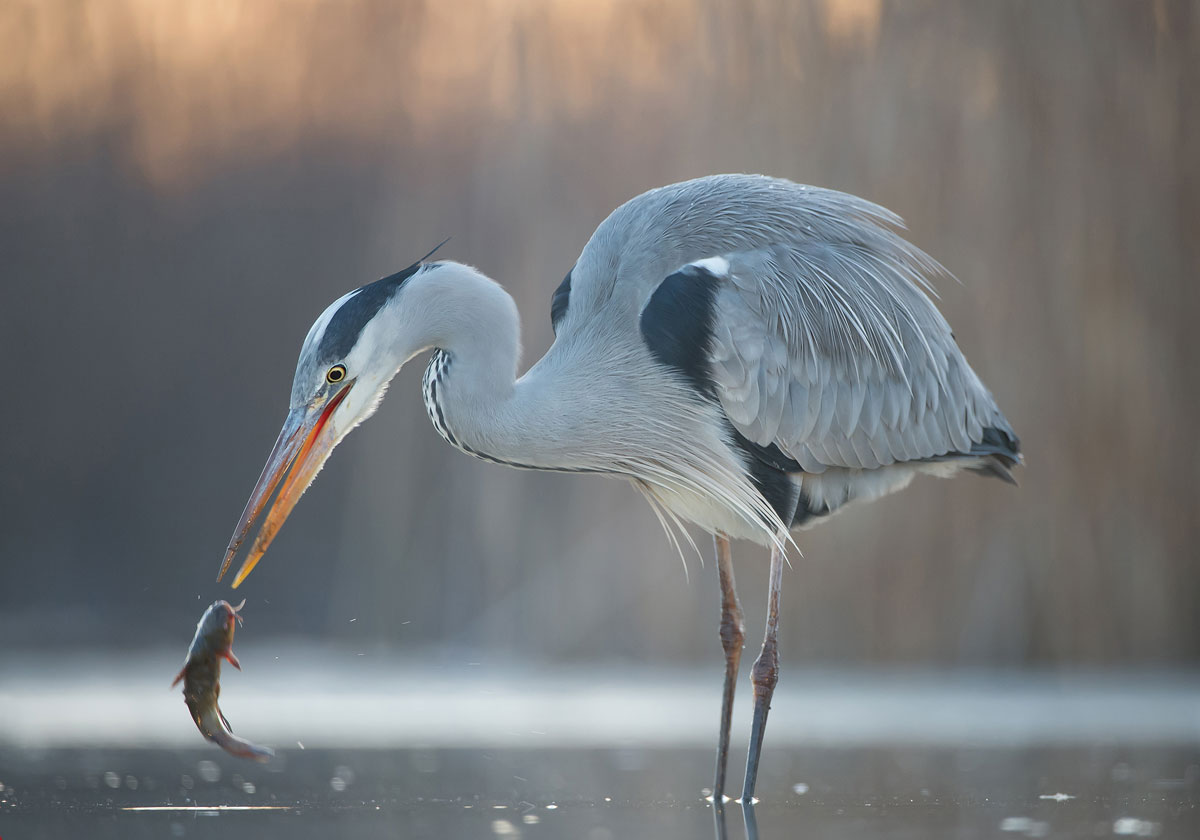
The Grey Heron is one of the symbols of the Ticino Park.
Not just bikes
The Park also offers a wide range of experiences, such as canoe excursions– dedicated to photography or to the discovery of oxbow lakes with spring water – which can even be combined with a night in a tent, sleeping in direct contact with nature. The more adventurous can discover soft rafting, to immortalize the birds in the park, such as herons, egrets and cormorants, or admire the thousand shades of a sunset.
The night excursions, illuminated by the light of the moon, heighten one’s perception of sounds and scents.
Why not try the nature treasure hunt for the little ones, or follow the sensory paths to discover wild plants and herbs, and then prepare a delicious lunch with the products culled from the meadows. A wide range of proposals that will ensure everyone has a good time.

The cycle and pedestrian paths along the Ticino
It is said that, in losing ourselves, we find ourselves. Could it be true? Why not set out along one of the many paths that wind along the Ticino, in search of new scenarios, but starting out without a real destination.
In the area south of Lake Maggiore, near Arona, Dormelletto and Castelletto Ticino, explore the so-called Great Dorsals – including the European long distance Path E1, the Novara Greenway and the Way of San Carlo – together with the paths that lead to the Rocca di Arona, as well as those inside the Lagoni di Mercurago Natural Park. On the trail of hidden wonders, follow the morainic ridges between the Ticino and Lake Maggiore and the Bosco Solivo Reserve.
Further south, starting from Varallo Pombia, discover the beauties of the Castelnovate Meander Nature Reserve or the Campo dei Fiori, a very suggestive chestnut and pine forest. Various paths also lead to the Seven Fountains, near Galliate, a place of leisure since 1850, the Sanctuary of Varallino, in San Pietro in Vulpiate, the Vecchia Dogana di Galliate, along an ancient pre-Roman road, the Panosa wood, the Lanche di Galliate and the nearby Villa Fortuna, once the headquarters of Vittorio Emanuele II during the battle of Magenta.
Pick up a map, observe the course of Ticino and let your imagination run free: wherever you choose to go, the hidden corners of this river will create unique emotions.
THE EUROPEAN LONG DISTANCE PATH E1
This hiking trail acts as a link between Northern Europe (Cape North in Norway) and Southern Italy (Capo Passero in Syracuse). A real “green highway”.
